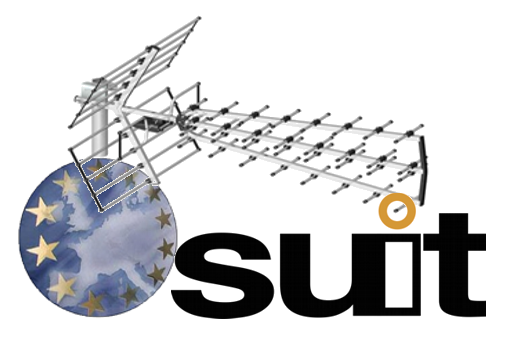Project AbstractThe Internet has pushed the television to a new era, that of interactivity. However, the main difference between them is the amount of bandwidth required by the second to transport TV/Video signals with good QoS. Mixing the internet protocol and a broadcasting network (BN) may not result in an acceptable interactive system. Moreover, BNs are unable to serve mobile users moving at high speed. SUIT will explore several techniques to minimize the above mentioned problems and will propose solutions in the context of the universal interactive television access and network convergence. SUIT will consider an end-to-end chain composed of a playout, last mile networks, and terminals of different computational and display capacities. Firstly, video contents, either live or pre-recorded will be encoded in a scalable way to be delivered simultaneously to a variety of devices from HD flat displays to handheld devices. Secondly, as the viewer expects that the interactive system responds to a request quickly, SUIT will optimally manage at the playout, the DVB-T/H and WiMAX resources, thereby, the requested content will be delivered as fast as possible through the available TDMA/FDMA slots in both networks. As SUIT is using scalable video contents, the playout system is able to increase, for short time, the bandwidth to support high priority contents, e.g. hyperlinked interactive video contents. Thirdly, scalable multiple descriptions, possibly unbalanced, are delivered through DVB-T/H and WiMAX in order to support high speed mobility. To achieve the objectives related to scalable video, SUIT will make use of the most recent technologies like scalable H.264/MPEG-4 SVC and MPEG-21 DIA. The former will allow encoding digital video contents in a scalable manner. In order to optimally meet the network conditions, joint source-channel-modulation schemes will be investigated. Finally, the latter will support terminal descriptions and negotiations between the terminal and the playout. |
Key Information
|

